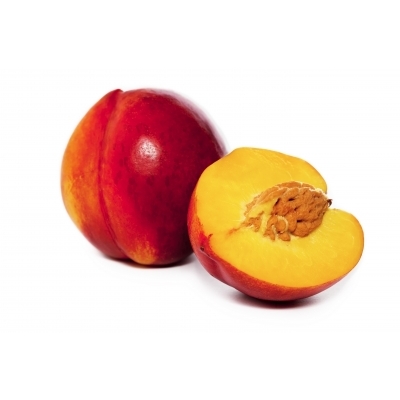Lately I’ve been noticing that every time someone asks me, “How are you?” or “How was your summer?” or “How have things been lately?” the response is always the same: “Busy.” In fact that’s been the response for quite some time.
At first I believe I viewed being busy as the sign of adulthood. As a kid I remember hearing adults responding in the same way so often that I grew to think that was the right answer or, at the very least, the answer to aspire to. To be busy is the goal then, I thought. Somehow I began to put value in being busy, so that when I would respond to those questions with “I’ve been busy,” it came with a certain bit of pride.
I’m not sure that summer could have any other answer than “busy” when you have three children to keep entertained and a freelance job to manage, but I have a new goal for the fall: I want to respond in a different way. For that to occur, I think there is a mindset shift that needs to happen. Busy is no longer the goal – joy is, satisfaction is, health is, gratitude is.
If we saw each other on the street and you asked me, “How are you?” and I responded, “I’m grateful,” what would we think? I think both of us may be a bit surprised at such an unexpected response, but that is my goal – to reach for grateful over busy, joyful over overwhelmed, and satisfied over frenzied.
Fall will indeed still be busy with birthdays to celebrate, school starting, and the holidays nestled in there too, but there will also be slow-simmered roasts and braises, pots of soup, and loaves of bread that can’t be rushed and aren’t too keen on busy days. They beg to be sipped, savored, and doted on with a sort of ease that causes me to pause.
May this next season, however busy it may be, remind us that there is more to life than the busyness. Let’s focus on that.
Ashley Rodriguez
Chef, Mom, Food Blogger, Author
www.notwithoutsalt.com



